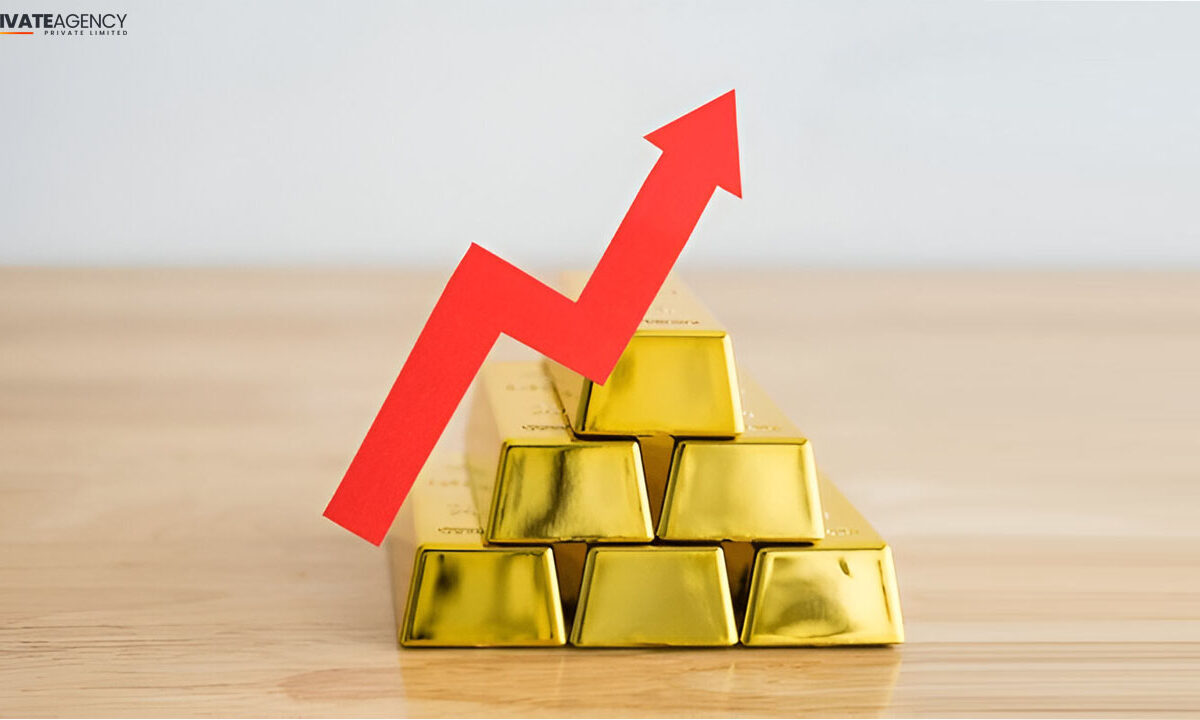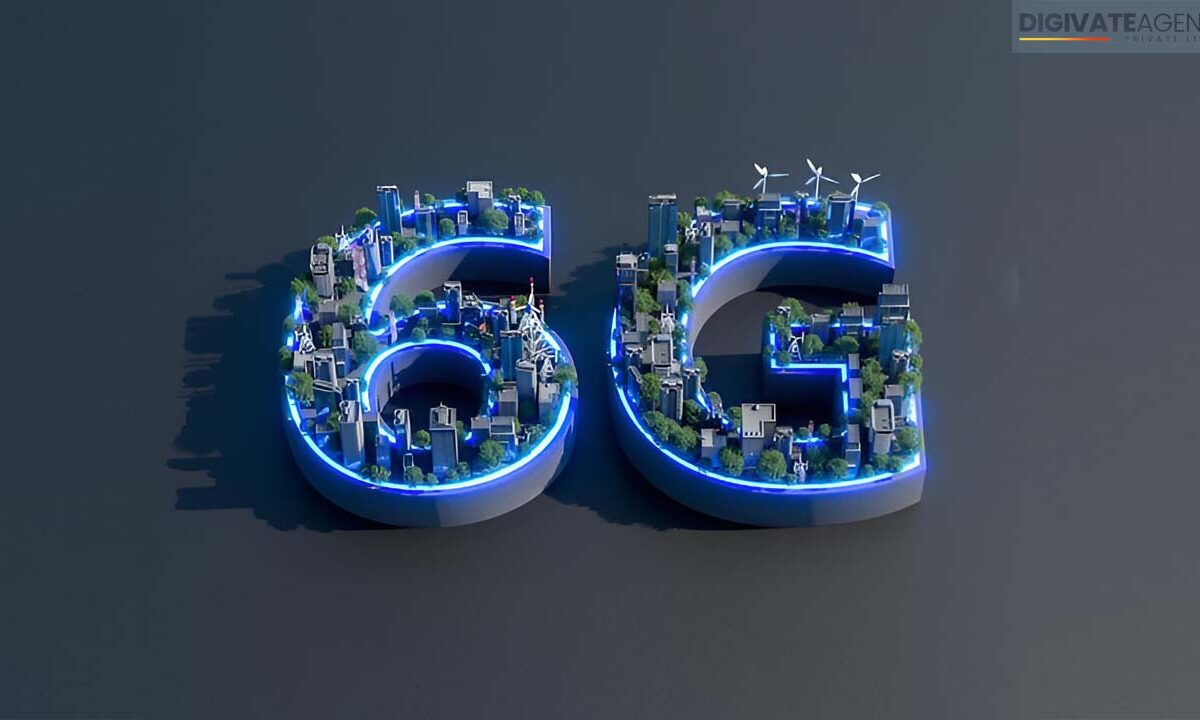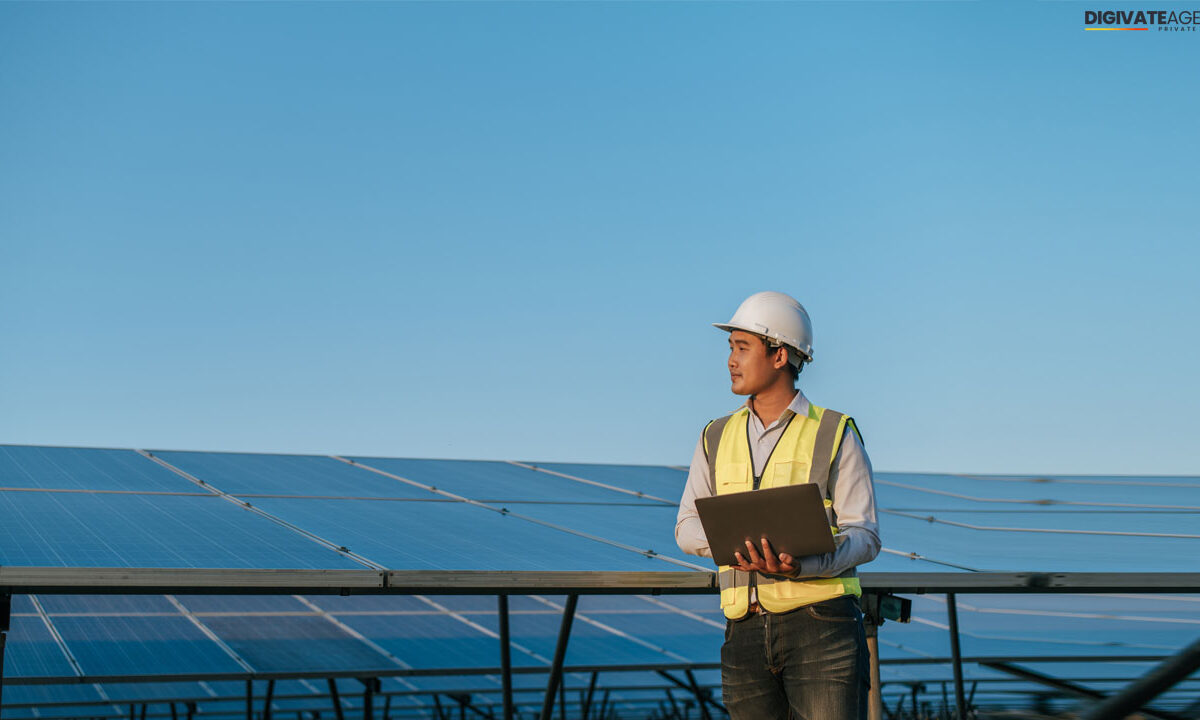The United Arab Emirates (UAE) has transformed from a modest oil producer into a gulf gateway economy, a beacon of innovation, and a global travel nexus. Once reliant on hydrocarbons, this desert nation now thrives as a Middle East crossroads, blending luxury tourism magnet appeal with a diversified Gulf economy.
From the aviation crossroads boom to smart-city initiatives, this blog post uncovers the strategic vision, infrastructure, and policies behind the UAE’s rise as an economic powerhouse. Packed with data and insights, we’ll explore how the UAE became a global transit corridor and what it means for travellers, investors, and the world.
From Pearl Diving to Desert Metropolis: A Rapid Transformation
The UAE’s journey from pearl diving to desert metropolis growth is nothing short of remarkable. In the 1960s, oil discoveries fueled rapid development, but visionary leaders saw beyond hydrocarbons, sparking an oil-to-innovation shift. By 2025, oil accounts for just 30% of GDP, down from 70% in the 1990s, per the UAE Central Bank, as sectors like tourism, logistics, and tech take centre stage.
Dubai and Abu Dhabi’s skyscraper cityscape, including the iconic Burj Khalifa, symbolises this transformation. The UAE’s GDP reached $509 billion in 2024, with non-oil sectors growing 6% annually, per the IMF. This diversified Gulf economy leverages strategic foreign partnerships, positioning the UAE as a global economic hub and a model for desert metropolis growth.
Strategic Geography: Turning Location into Advantage
Middle East Crossroads for Three Continents
The UAE’s location at the Middle East crossroads is a cornerstone of its gulf gateway economy. Within an 8-hour flight of two-thirds of the world’s population, it connects Europe, Asia, and Africa. Dubai International Airport (DXB), the world’s busiest for international passengers, handled 87 million travellers in 2024, per Airports Council International.
This global transit corridor thrives on accessibility. The UAE’s ports and airports serve as gateways for trade and tourism, with cultural melting-pot policies welcoming diverse visitors. This geographic
advantage fuels the hospitality sector boom and cements the UAE’s role as a Middle East trade nexus.
Air-Cargo & Maritime Super-Connector
The UAE is a logistics powerhouse, with Jebel Ali Port and Dubai’s air-cargo super-connector facilities ranking among the world’s top 10. Jebel Ali, the largest port in the Middle East, processed 14 million TEUs (containers) in 2024, per DP World. Meanwhile, Dubai’s Al Maktoum International Airport handled 2.7 million tonnes of cargo, per Dnata.
This maritime gateway port and air infrastructure support the UAE’s role as a global transit corridor, facilitating 40% of Middle East trade, per the World Bank. The air-cargo super-connector ecosystem ensures swift movement of goods, reinforcing the Middle East trade nexus.
Aviation Crossroads Boom: Building the World’s Largest Hub
The UAE’s aviation crossroads boom is driven by emirates airline success and futuristic infrastructure. Emirates, Dubai’s flag carrier, operates a fleet of 260 aircraft, serving 150 destinations, per its 2025 annual report. Its fifth-freedom routes, allowing stops in third countries, enhance global connectivity, making Dubai a global transit corridor.
Dubai’s duty-free mega airport, DXB, generates $2 billion annually from retail, per Dubai Duty Free. Al Maktoum International, set to be the world’s largest airport by 2030, will handle 260 million passengers yearly, per UAE government plans. These hubs, paired with emirates airline success, fuel the hospitality sector boom and luxury tourism magnet status.
The UAE’s aviation strategy leverages strategic foreign partnerships, with codeshare agreements boosting connectivity. This aviation crossroads boom ensures the UAE remains a gulf gateway economy, attracting millions to its international event magnet offerings.
Economic Diversification & Free-Zone Magic
Free-Zone Business Model & Investor-Friendly Tax Laws
The UAE’s free-zone business model is a magnet for global investors. Over 40 free zones, like Dubai Multi Commodities Centre (DMCC), offer 100% foreign ownership, zero income tax, and no customs duties. In 2024, DMCC attracted 2,700 new businesses, per its annual report, boosting the diversified Gulf economy.
Investor-friendly tax laws, including a 9% corporate tax (lowest in the Gulf), make the UAE a haven for startups and multinationals. The fintech oasis region thrives in zones like Dubai International Financial Centre (DIFC), hosting 1,000 fintech firms, per DIFC’s 2025 data. This free-zone business model drives the gulf gateway economy, fostering innovation and growth.
Logistics, Fintech & Renewable Energy Clusters
The UAE’s logistics powerhouse status extends beyond ports and airports. Dubai’s logistics sector contributes 14% to GDP, per the UAE Ministry of Economy, supporting global supply chains. The fintech oasis region is equally vibrant, with digital payments growing 20% annually, per Visa’s 2025 report.
Renewable energy ambitions are reshaping the energy landscape. The Mohammed bin Rashid Al Maktoum Solar Park, set to produce 5,000 MW by 2030, is a flagship project, per DEWA. Green hydrogen and carbon-neutral vision 2050 initiatives position the UAE as a leader in sustainable power sources, aligning with its oil-to-innovation shift.
Tourism & Lifestyle: Luxury, Safety, and Cultural Appeal
The UAE’s luxury tourism magnet status draws 25 million visitors annually, per Dubai Tourism’s 2024 data. Ultra-luxury hotels like Burj Al Arab and cultural landmarks like Sheikh Zayed Grand Mosque create a cultural melting-pot policies appeal. As a halal travel destination, the UAE caters to Muslim travellers with tailored experiences, ranking first globally in halal tourism, per Mastercard-CrescentRating’s 2025 index.
International event magnet status shines through events like Expo 2020, whose Expo legacy projects include District 2020, now a tech hub. Dubai’s skyscraper cityscape and Abu Dhabi’s cultural islands, like Saadiyat, blend modernity with heritage, boosting the hospitality sector boom. Safety, with a 1% crime rate (Numbeo, 2025), enhances its allure as a global transit corridor.
The digital nomad visa program, launched in 2021, attracts remote workers, with 10,000 visas issued by 2024, per UAE government data. This flexibility supports the global talent pipeline, making the UAE a lifestyle and business hub.
Human Capital & Smart-City Initiatives
The UAE’s global talent pipeline is a key driver of its gulf gateway economy. Policies like the Golden Visa attract professionals, with 50,000 issued by 2025, per UAE Immigration. The digital nomad visa program complements this, fostering a dynamic workforce for fintech oasis region and tech sectors.
Smart-city initiatives redefine urban living. Dubai’s Smart City Strategy uses AI for traffic and energy management, reducing commute times by 15%, per Dubai Municipality. Abu Dhabi’s Masdar City, a zero-carbon urban model, aligns with carbon-neutral vision 2050. The high-speed rail desert link, connecting Dubai and Abu Dhabi in 50 minutes, enhances connectivity, per Etihad Rail’s 2025 updates.
Strategic foreign partnerships with tech giants like Microsoft and Huawei bolster these efforts, ensuring the UAE leads in smart-city initiatives and global digital competitiveness.
Future Outlook: Toward Net-Zero & Beyond
The UAE’s carbon-neutral vision 2050 is ambitious yet achievable. By 2030, 50% of energy will come from renewables, per the UAE Energy Strategy. The renewable energy ambitions, including green hydrogen exports, aim to reduce emissions by 70% by 2050, per the Ministry of Energy.
Sovereign wealth strategy, led by funds like ADIA ($900 billion AUM, 2025), invests in tech, renewables, and global markets, ensuring economic stability. The high-speed rail desert link and air-cargo super-connector expansions will sustain the logistics powerhouse status. Expo legacy projects and international event magnet events, like Dubai Airshow, will keep the UAE in the global spotlight.
The UAE’s diversified Gulf economy and cultural melting-pot policies will continue attracting talent and investment, reinforcing its role as a gulf gateway economy.
Common Questions About the UAE’s Global Rise
What Factors Turned a Gulf Nation into a Global Transit Corridor?
The UAE’s Middle East crossroads location, aviation crossroads boom, and maritime gateway port infrastructure make it a global transit corridor.
How Do Free Zones Boost Foreign Investment?
The free-zone business model and investor-friendly tax laws offer tax exemptions and full ownership, attracting 2,700 firms annually, per DMCC.
Why Is the Region’s Airline Strategy So Successful?
Emirates airline success, duty-free mega airport revenue, and fifth-freedom routes drive the aviation crossroads boom, serving 150 destinations.
What Non-Oil Sectors Drive Growth Today?
Tourism, logistics, fintech, and renewable energy ambitions fuel the diversified Gulf economy, with non-oil GDP at 70%, per the UAE Central Bank.
How Will Renewable Energy Shape the Next Decade?
The carbon-neutral vision 2050 and projects like MBR Solar Park will make the UAE a leader in sustainable power sources by 2030.
Final Thoughts: Why the UAE’s Rise Matters
The UAE’s ascent as a gulf gateway economy is a testament to vision and execution. From desert metropolis growth to luxury tourism magnet status, it blends oil-to-innovation shift with smart-city initiatives. Whether you’re a traveller enjoying the duty-free mega airport, an investor eyeing the fintech oasis region, or a professional joining the global talent pipeline, the UAE offers unparalleled opportunities.
Explore the digital nomad visa program or visit as a halal travel destination to experience this Middle East crossroads firsthand. The UAE’s diversified Gulf economy is shaping the future, and you can be part of it.




